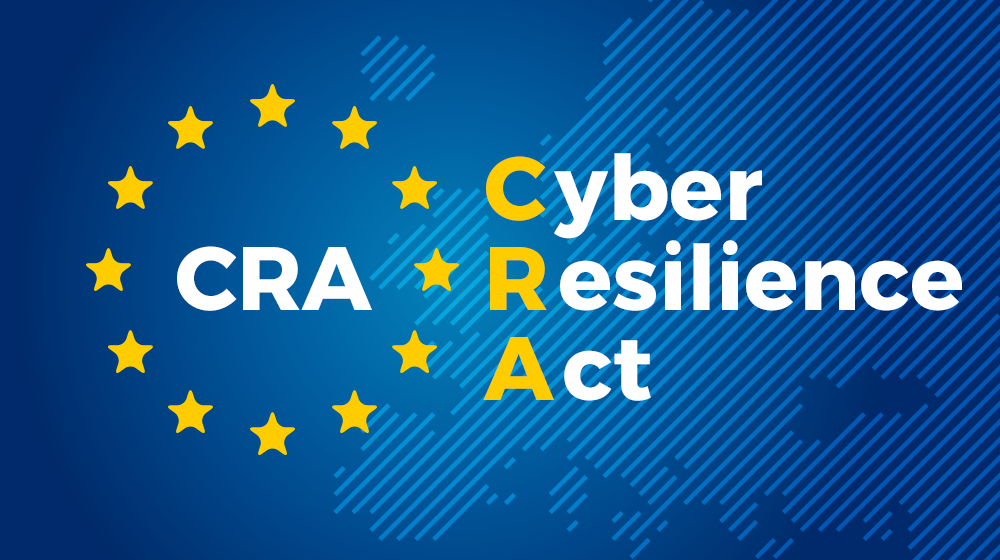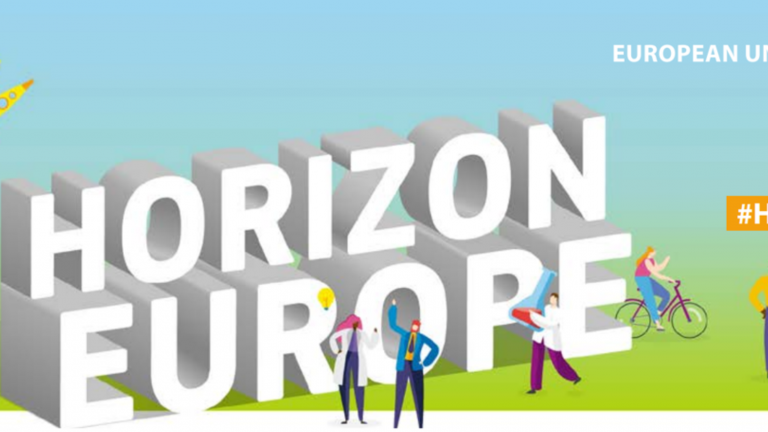In the months leading up to its entry into force in December 2027, the Cyber Resilience Act has prompted a profound shift in the way European SMEs conceive, design and bring to market any product containing digital elements. For a small software house or a fledgling IoT manufacturer, compliance will extend far beyond ticking a box on a checklist: security must be woven into every phase of the product’s life. From the very first proof-of-concept, teams will need to embrace secure-by-design principles and document a continuous risk-management process that spans development, testing and post-market updates. Any device or application that can reasonably be expected to receive automatic security patches must ship with that capability enabled by default so that vulnerabilities can be fixed the moment they are discovered without waiting for a broader software upgrade. Prior to placing anything on the EU market, SMEs will conduct formal cyber-risk assessments, assemble ten years’ worth of technical documentation, and, depending on how “critical” their product is judged, either self-declare conformity or enlist a notified body for external audits; throughout its lifecycle, any incident or unpatched vulnerability must be reported to ENISA within 24 hours of discovery.
Yet the Commission is acutely aware that the burden of these new obligations could fall disproportionately on smaller firms, risking the very innovation the Act seeks to protect. Article 33 of the Regulation lays the groundwork for a suite of SME-tailored safeguards: member states must provide targeted awareness campaigns, one-stop advisory channels, and even “regulatory sandboxes” where start-ups can trial their products under live-market conditions without fear of immediate enforcement action. The Commission itself will publish simplified technical-documentation templates, explicitly designed to reduce administrative overhead for micro and small enterprises, and will widely promote existing EU funding lines (such as the €145.5 million allocated via the Cybersecurity Competence Centre) to ease the transition to full compliance. Furthermore, a three-year phase-in period (with a 21-month grace before reporting duties kick in) should give SMEs breathing room to integrate security measures at a sustainable pace, while exemptions for non-commercial open-source developers preserve the collaborative ecosystems that undergird so much European software innovation.
On the international stage, the Cyber Resilience Act deliberately adopts a technology-neutral, harmonized framework not only to safeguard the single market but also to facilitate cross-border trade and regulatory coherence. Article 34 envisions a network of mutual recognition agreements (MRAs) whereby certificates and conformity assessments performed by approved bodies in third countries can be accepted in place of fresh EU evaluations, provided those partners meet comparable technical standards. At the same time, ETSI and ENISA are mapping existing global standards to the CRA’s essential requirements, ensuring that European manufacturers can continue to develop to ISO, IEC or other internationally recognized benchmarks rather than a bespoke EU regime. High-level dialogues, like the annual EU-U.S. Cyber Dialogue, are already laying the groundwork for a future in which a single security certification grants market access on both sides of the Atlantic, preventing fragmentation and sparing SMEs from the need to chase multiple, divergent rulebooks.
Through rigorous, end-to-end product security requirements; SME-friendly support, funding and phase-in provisions; and explicit pathways to international mutual recognition—the Cyber Resilience Act aims to raise the bar on digital safety without dimming the spark of European entrepreneurship. In practice, small and medium-sized enterprises that invest early in mature vulnerability-management processes, leverage regulatory sandboxes for real-world testing and align their development to global cybersecurity standards will find themselves not only compliant, but also uniquely well-placed to offer trust-worthy products in markets at home and abroad.




